1. Players are ranked according to their PBA achievements, and NOT their college achievements.
2. If a player played for more than one school in college, the series writers – Jay Mercado and Jude Roque – will decide between themselves which school the player will fall under.
3. Players who excelled in college but whose playing years preceded the PBA are unfortunately not included (i.e., Caloy Loyzaga for San Beda).
4. Players who played for a college or university before that school joined the UAAP or NCAA are included for consideration.
5. Only current UAAP and NCAA member schools are included in the series, but not necessarily all of them.
University of the Philippines Fighting Maroons
The University of the Philippines is one of the founders of the UAAP alongside National University, University of Santo Tomas and Far Eastern University. This came after UP, FEU and UST formally left the NCAA where they were also original founders in 1924 to form the Big Three League in 1932. In 1938, encouraged by the then Philippine Amateur Athletic Federation (PAAF) and the UP Alumni Association, the Big 3, along with FEU, organized the UAAP.
A perennial cellar-dweller in the UAAP, the Fighting Maroons have won three , in 1939, 1986 and 2022. The school’s basketball program has received a major boost through support from the alumni and the private sector, making UP own one of the top recruitment programs at present.
For its last installment on the top five PBA players of every UAAP and NCAA school, The Rivalry treks University Avenue to identify the Maroons’ top PBA players.
5. Paolo Mendoza (UAAP 1995–97, 1999/PBA 2000–11)
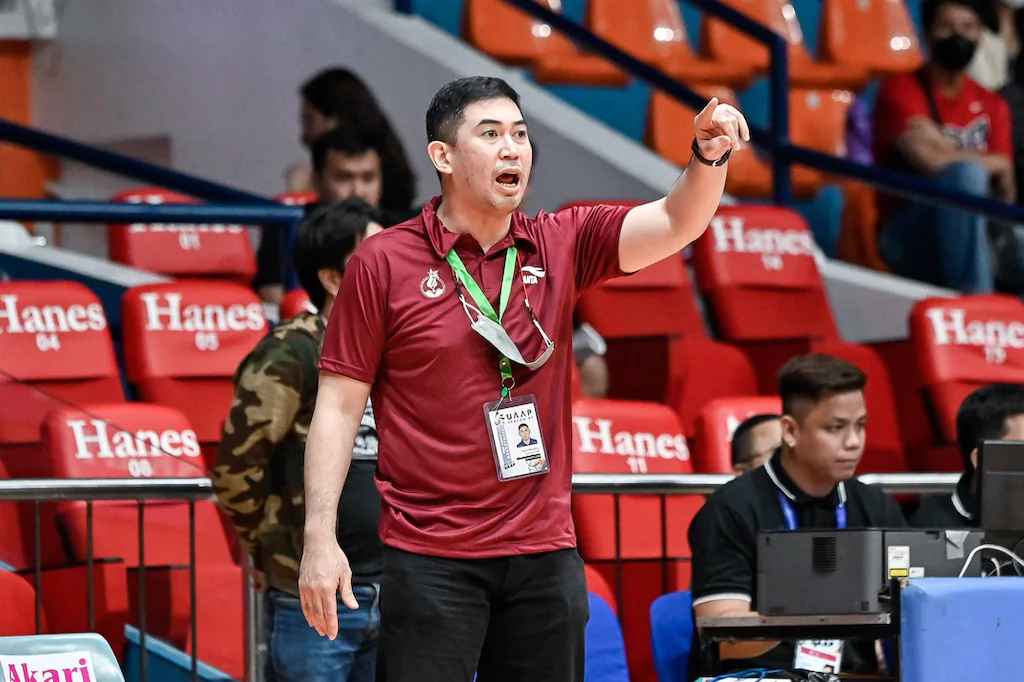
UAAP career
Paolo Mendoza was already a high school superstar playing for UPIS. He continues to hold the most points in a game with 69 points in a 1994 juniors game against UST. It was inevitable he would be taking his wares to Diliman where he became one of the team’s leaders. In 1999, he swished the nets for 48 points, just six off the all-time UAAP record of 54 points held by UST’s Ed Cordero in the 1979 season. Mendoza helped carry the Maroons to back-to-back Final Four appearances in 1996 and 1997. He was a member of the RP Youth team in 1995. He later played for ANA Freezers / Dr. J Rubbing Alcohol in the PBL before turning pro in 2000.
PBA Career
Accomplishments: played 12 seasons in the PBA; played 433 games, averaged 7.46 points, 2.04 rebounds, 224 assists, 0.39 steals a game; 2x PBA champion
The 2000 draft didn’t turn out as deep as expected because of the PBA rule allowing teams to directly hire one player. Expansion team Red Bull was allowed to bring in six players from their PBL team plus Mick Pennisi as their direct hire. Come draft time, Mendoza was the one name that stood out and was promptly taken in by the Sta. Lucia Realtors as the top pick. Coach Norman Black immediately put the former UP hotshot into his part of his starting unit and converted him to a point guard.
Mendoza’s outside sniping helped the Realtors to their first finals appearance in the Commissioner’s Cup. With Dennis Espino and newly-acquired big Marlou Aquino (traded for Jun Limpot) forming a twin tower combo, Black was able to free up Mendoza, allowing him to score beyond the arc. The succeeding year, the Realtors finally went all the way, disposing of the San Miguel Beermen in six games to win the 2001 Governors’ Cup. Mendoza continued to play a vital role for the Realtors, teaming with Aquino, Espino, sophomore Kelly Williams, rookie Ryan Reyes, Bitoy Omolon, Denok Miranda and Joseph Yeo to upset the Purefoods Hotdogs in the 2007 Philippine Cup finals in seven games. He remained with the Robles franchise until its disbandment in 2010 and was plucked by the Powerade Tigers where he played for two seasons before hanging up his jersey.
4. Jireh Ibañes (UAAP 2000–04 /PBA 2006–17)
UAAP career
Jireh Ibañes has always been known as a scrappy and rugged two-way guard and was often assigned to guard the opposing team’s leading offensive player. He played in an era when the Maroons would find itself battling for the fourth semifinals seat only to fizzle out in the end. Ibañes was one of several noted defensive players of the Maroons at a time when Mac Cardona, Wesley Gonzales, Arwind Santos were wreaking havoc in the league. But Ibañes was also a fearless penetrator inside the paint, and was known for his twisting reverse layup that drew oohs and aahs among the UP faithful.
PBA Career
Accomplishments: played 11 seasons in the PBA; played 426 games, averaged 3.61 points, 1.65 rebounds, 0.85 assists and 0.36 steals a game; 2x PBA champion; 2012 Defensive Player of the Year; 2-time member of the All-Defensive Team
When the Welcoat Dragons joined the PBA in the 2006 season after buying the Formula Shell franchise, they didn’t get the same incentive as what previous expansion teams received. In the rookie draft alone, they were allowed to secure the last pick of the first round but got the first pick of the second round. Coach Leo Austria opted to secure two UP players – center Abby Santos and guard Ibañes in their effort to build a young, fighting team. Ibañes turned out to be a valuable player off the bench with his hustle, defensive intensity and tenacity.
He found his niche playing for Coach Yeng Guiao who was taken in at the start of the 2011 season. Guiao’s equal opportunity approach gave Ibañes his floor burn, and he didn’t waste the time he was inside the court. Ibañes was part of Guiao’s regular rotation because of tough defense. In the 2012 Governors’ Cup, he was part of the four-headed defensive stoppers of James Yap alongside Gabe Norwood, Ryan Araña and Ronnie Matias. His effort did not go unnoticed as he was selected as the Defensive Player of the Year. He was also selected in the 2014 All-Defensive Team. Ibañes suffered an injury and eventually retired after the 2015-16 season but remains with the Elasto Painters as one of their assistant coaches, proof positive of how ROS valued the loyalty and hard work of one of their team’s best defensive players of all time.
- Spiking popularity: Comparing volleyball’s following in the Philippines and the US
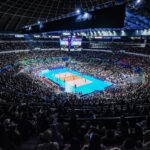
- Cool sweep: How Creamline’s winning formula led to a 7th PVL crown
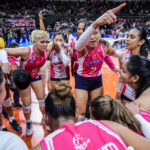
- Pampanga Dragons celebrate 25th anniversary of MBA championship
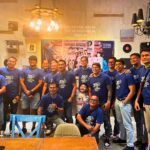
- NBA app launches personalization features, live game experience

- Dante Silverio celebrates 86th birthday in style

3. Edward Juinio (UAAP 1991–93/PBA 1994–2008)
UAAP career
Poch Juinio was perhaps the next best big man after Benjie Paras when he joined the Maroons in 1991. He was a finesse player who knew how to move well without the ball and had a decent jumper from within 18 feet. For a middling team like UP, Juinio made positive impressions to scouts because of his cerebral approach to the game. In one game, he made an impressive one-handed follow-up jam from a missed shot that made TV commentators compare him to a younger Alvin Patrimonio. Eventually, his stock rose when he was selected by Coach Tembong Melencio to be part of the ragtag RP Team that was to compete in the 1993 SEA Games in Singapore. Despite not having big names on that team, Juinio stood out as the team’s starting center to help the Philippines retain the gold medal.
PBA career
Accomplishments: played 14 seasons in the PBA; played 721 games, averaged 6.77 points, 4.82 rebounds, 1.39 assists, 0.26 steals and 0.81 blocks per game; 12x PBA champion; member of the 1996 Alaska Aces grand slam team; 2000 AFC Finals MVP; 1996 Most Improved Player
With Alaska having the fifth and sixth picks of the 1994 draft, they opted to go big by hiring the best center in the draft in Juinio and a defensive specialist Merwin Castelo. Juinio initially served as backup to Alex Araneta at the slot before taking over the starting position in 1995. He continued to develop his playing skills, becoming a notable defensive anchor while able to knock down perimeter jumpers with greater consistency. In 1996, with the Milkmen on full throttle, they won the grand slam, only the third franchise and the fourth time this has happened in league history.
Juinio stayed with Alaska up to 2000, winning four more championships, including two All-Filipino titles in 1998 and 2000. It was in the latter conference when Juinio copped the Finals MVP award after the Alaska defeated Purefoods, 4-1, in the best-of-seven series. It therefore came as a surprise when Alaska dealt Juinio and top guard Johnny Abarrientos to the Coca-Cola Tigers for Ali Peek and Jon Ordonio prior to Christmas of 2000. Observers believed that Alaska initiated the trade to stay within the salary cap, especially with the team’s intent of retaining their best player, Kenneth Duremdes, whose contract was expiring at the end of the year. Juinio continued to play well, winning two more titles for the Tigers and one with Talk ‘N Text in 2007 after he joined the team the year before. While not the most talented big man around, Juinio’s longevity was exceptional, playing 14 seasons and more than 700 games, a testament to his fine work, discipline and continuous improvement.
2. Ronnie Magsanoc (UAAP 1983–84, 1986–87/PBA 1988–2002)
UAAP career
When Coach Joe Lipa started handling the Maroons, a pipeline of San Beda Red Cubs was established that led to the team’s uprising in the early 80’s. One of those products was Ronnie Magsanoc, a 5’9 point guard who could orchestrate the plays as well as make an outside shot. Magsanoc’s rookie year in 1983 saw UP reaching the finals only to lose to the FEU Tamaraws. He then missed out the 1985 season to focus on his academics but came back strongly the year after, helping power the team to the 1986 championship, the school’s first in 47 years. He became a regular fixture in the national team that forced him to miss crucial games in the Season 47. Crucial losses in the second round without UP’s key players led to back-to-back losses, eliminating the team to make it to the finals by one game. Magsanoc was also one of the best players in the PABL while suiting up for the YCO Painters and later, Philips Sardines.
PBA career
Accomplishments: played 15 seasons in the PBA; played 618 games, averaged 12.68 points, 2.87 rebounds, 5.22 assists and 0.92 steals a game; 3x PBA champion; 1990 Mythical First Team member; 3x Mythical Second Team member; member of the PBA-reinforced 1990 RP Team that played in the 1990 Beijing Asian Games; member of the PBA’s 25 Greatest Players
Magsanoc opted to turn pro in 1988 even if he still had a year of eligibility with the Maroons. There were talks that Magsanoc would have been one of Purefoods’ direct hires in the 1988 season but with Willie Generalao and Onchie Dela Cruz still in their roster, they opted for Glenn Capacio instead. Still, the Hotdogs had a chance to draft him first overall in the draft but opted for big man Jack Tanuan to backstop Ramon Fernandez and Jerry Codiñera. Magsanoc eventually went to Shell where he blossomed as one of the finest point guards of all time.
From 1990 to 1992, Magsanoc was unarguably the league’s best point guard, supplanting Hector Calma, who was the PBA’s top court general from 1987 to 1989. It was Magsanoc’s sensational performance in the controversial 1990 First Conference finals that gave Shell its first franchise title. Despite the rugged and rough defense provided by a phalanx of Añejo 65 enforcers, Magsanoc continued to run rings around his defenders. Opposing coach Robert Jaworski, appointed as the head coach of the first professional RP team, was thoroughly impressed with Magsanoc that he was one of the Big J’s first choices in the 12-man roster. Magsanoc was equally instrumental in giving Shell the 1992 First Conference title and the 2002 Governors’ Cup with the Purefoods Hotdogs. Magsanoc’s offensive wizardry earned for himself the moniker, “Point Laureate,” while proving that an able point guard can not only pass but also score at will if needed.
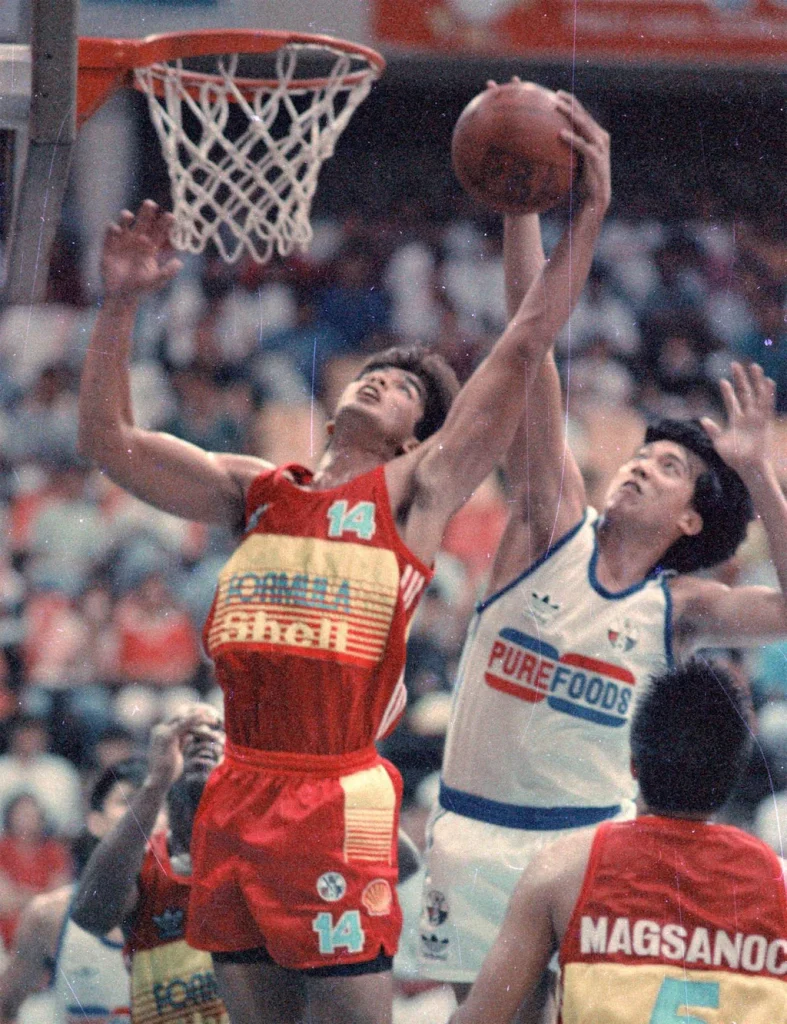
1. Benjie Paras (UAAP 1986–88/PBA 1989–2003)
UAAP career
Under Joe Lipa, UP was a constant contender to make it to the finals. However, the one piece sorely lacking was a legitimate big man who could man the slot, defend the interior, and score inside. When Lipa was able to convince Venancio Paras, Jr. to go to UP after receiving multiple offers from different schools, the Maroons finally found the missing piece. On his rookie year, Paras went toe-to-toe against UAAP bigs Jerry Codiñera and Jack Tanuan and anchored the team to the championship against the UE Warriors. He then became the toast in the amateur leagues while representing the national team in the ABC Youth and ABC tournaments, striking fear in the hearts of the Chinese behemoths. He became PABL MVP twice in 1988, making him ripe to join the PBA, even if he still had two years of eligibility in the UAAP.
PBA career
Accomplishments: played 15 seasons in the PBA; played 586 games, averaged 17.69 points, 7.59 rebounds, 3.13 assists, 0.38 steals and 2.27 blocks per game; 4x PBA champion; first rookie to win MVP honors in 1989; two-time Most Valuable Player; 1989 Rookie of the Year; 1999 Comeback Player of the Year; 1999 Commissioner’s Cup Best Player; 1998 Governors’ Cup Finals MVP; 5x member of the Mythical First Team; 3x member of the Mythical Second Team; member of the PBA-reinforced RP Team that played in the 1990 Beijing Asian Games; member of the PBA’s 25 Greatest Players
There’s so much that can be said of Benjie Paras’ PBA career. Big men before him used to play finesse, perhaps because of their lean frames. But Paras changed that landscape almost immediately, bringing the power to his game and re-defining the center slot. He not only brought excitement to the fans with his ferocious jams, he was also a tenacious rebounder and one of the greatest shot-blockers to ever play in the league. With Paras around, Shell suddenly became a title contender, placing runner-up in his very first conference with the league, losing to eventual grand slam champions, San Miguel, 4-1, in the Open Conference finals. In his freshman year, the Tower of Power averaged 25.79 points, 12.98 rebounds, 2.05 assists, 0.35 steals and 2.60 swats in 57 games, becoming the first rookie to win the MVP award, nosing out four-time MVP titlist Ramon Fernandez and sophomore superstar Alvin Patrimonio.
Paras was the country’s best big man and was a natural choice for the PBA-powered RP team in the 1990 Beijing Asian Games. In 1993, he had a contract dispute with Shell and wanted to be traded to Ginebra. This led to Paras sitting out for the first conference of the season before eventually re-signing with the Turbo Chargers to play starting in the Second Conference. He dabbled in showbusiness and came out in a couple of films where he played the starring role as a comedian, but found a resurgence in his game in 1998, powering Shell to the Governors’ Cup title and winning the Finals MVP plum. In 1999, he continued his sterling play, apparently challenged by the Fi-Foreign invasion, and came out on top, beating the likes of Danny Seigle, Asi Taulava, Eric Menk and Sonny Alvarado to win his second MVP award. There’s no doubt that Paras is one of the top three big men to ever play in the PBA and easily part of the league’s Top 10 players ever, which makes him an easy choice by The Rivalry as the best PBA player ever to come out from Diliman.
Honorable Mentions: Jay-R Reyes, Bryan Gahol, Fort Acuña, Eric Altamirano, Joey Guanio
PREVIOUS LISTS
